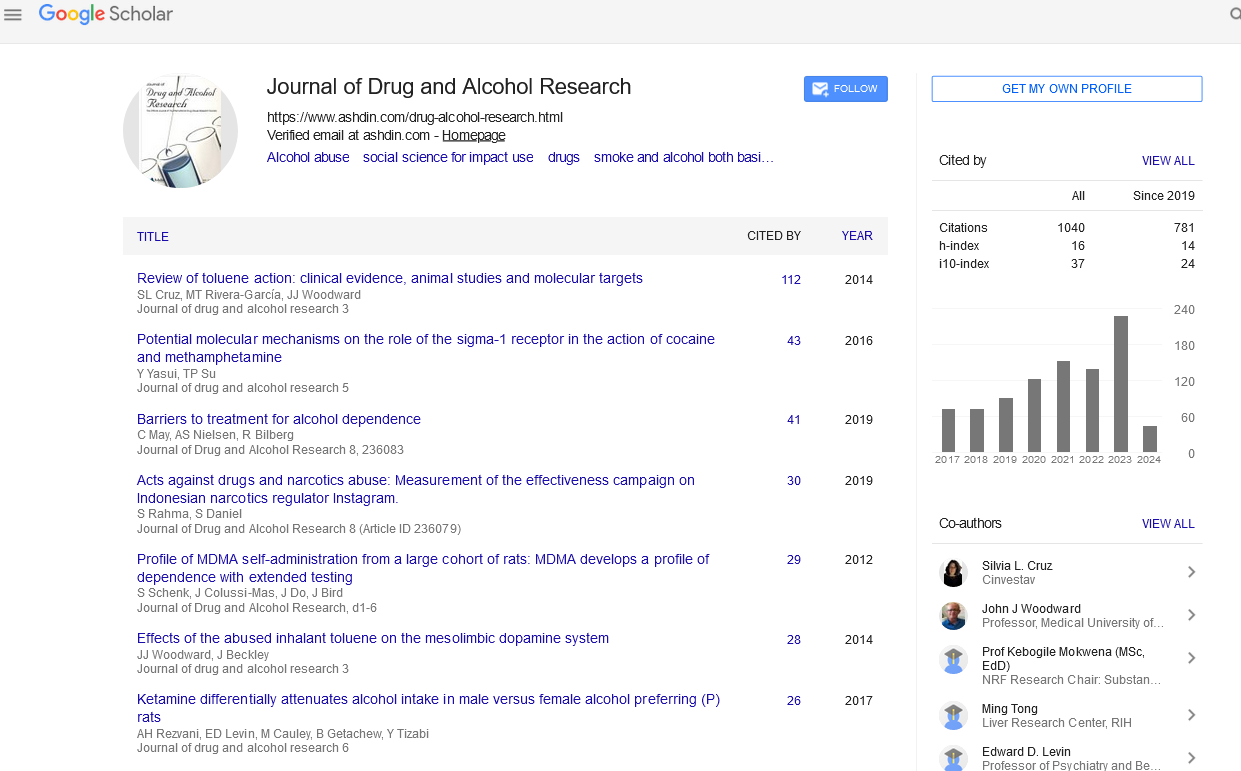Posterior Reversible Encephalopathic Syndrome Related to Drug Therapy: Systematic Review
Author(s): Lourdes de Fatima Ibanez Valdes and Humberto Foyaca Sibat*
Abstract
Introduction: Primarily affecting the posterior regions of the brain, a typically associated reversible white matter vasogenic oedema is the hallmark of the neurological condition known as Posterior Reversible Encephalopathy Syndrome (PRES), characterized by altered cerebral autoregulation and endothelial dysfunction and the before mentioned reversible subcortical vasogenic oedema, leading to headaches, seizures, confusion, and visual disturbances. Whether PRES can be induced by drug therapy and what is the most common drug therapy applied is the main aid of this review.
Methods: We searched the medical literature, following the guidelines outlined in the PRISMA statement. From 01st, January 2006 to 31st, May 2025, the authors searched the scientific databases, Scopus, Embassy, Medline, and PubMed Central using the following searches: “Posterior reversible encephalopathy syndrome” OR “Therapy of PRESS” OR “ Aetiology of PRES” OR “Steroid therapy for PRES” OR “Management of PRES”, OR “Medical treatment of PRES”.
Results: After screening the full?text articles for relevance, 61 articles were included for final review. However, no article was found when we searched for GS/NCC/responding to drug therapy.
Conclusions: The most frequent prescribed drug causing PRES is the steroid being also the medication of choice of treatment.


